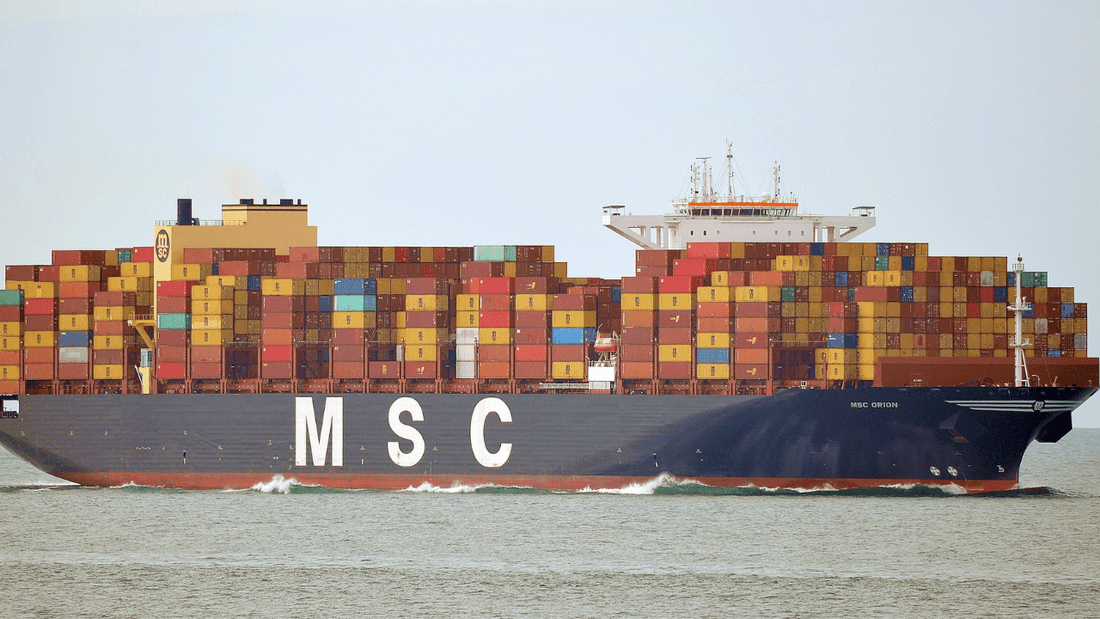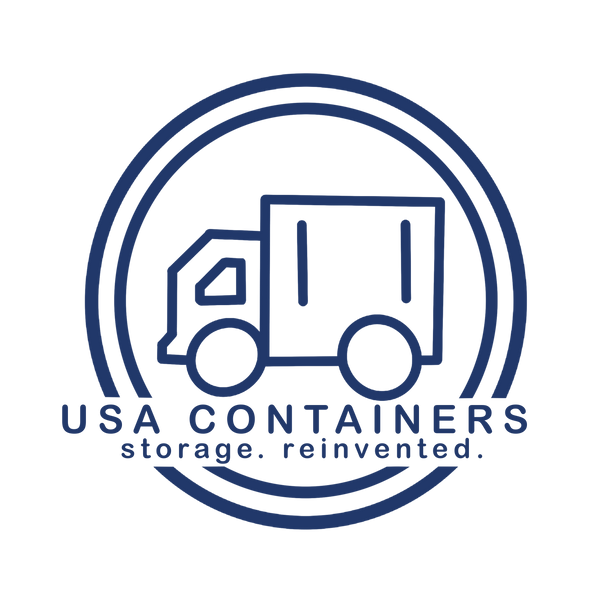
The Red Sea Crisis and the Global Shipping Container Shortage
Share
In recent years, the global shipping industry has faced many challenges, but few have had such an immediate, direct impact as the Red Sea crisis. This ongoing conflict has disrupted vital maritime routes, leading to a shortage of shipping containers and widespread disruptions across international supply chains. In this article, we’ll take a closer look at the origins of the crisis, its impact on the industry, and the steps being taken to address the resulting shortages.
Understanding the Red Sea Crisis
The Red Sea Crisis is the result of a complex mix of geopolitical tensions, territorial disputes, and instability in a region that serves as one of the world’s most critical maritime corridors. Escalating conflict and increased incidents of piracy have created a highly volatile environment, making it increasingly difficult and unsafe for commercial vessels to pass through.
Effects on Global Trade
Given the strategic importance of the Red Sea for trade between Europe, Asia, and Africa, disruptions in this region have had far-reaching consequences. Some of the most pressing challenges include:
1. Rising Shipping Costs
To avoid high-risk areas, many shipping companies have been forced to take longer, less efficient routes. These detours result in increased fuel consumption, extended travel times, and higher operational expenses. These additional costs are often passed along the supply chain, contributing to elevated prices for goods and the shipping containers themselves and adding pressure to already-inflated global markets. As Nora Szentivanyi, Senior Economist at J.P. Morgan points out, “The longer the duration of these disruptions, the more likely shipping rates will stay elevated — if not increase further.”
2. Port Congestion
As vessels reroute to alternate ports, these alternate ports have experienced significant congestion. The ports, not equipped to handle such a surge in traffic, have seen longer wait times and delays in loading and unloading cargo. The resulting bottlenecks have disrupted time-sensitive supply chains and further reduced shipping efficiency.
3. Heightened Security Measures
The increased risk of piracy and attacks has forced companies to invest in advanced security protocols. From onboard security teams to surveillance systems and more comprehensive insurance coverage, these precautions are both necessary and costly. The added financial burden has further strained shipping companies and contributed to overall cost increases.
The Shipping Container Shortage
One of the most notable side effects of the Red Sea crisis has been a global shortage of shipping containers. Several key issues have contributed to this problem:
-
Imbalanced Container Distribution: Delays and route changes have led to containers being stranded in some locations while demand spikes in others.
-
Production Slowdowns: The manufacturing of new shipping containers has been hampered by supply chain issues and rising raw material costs.
-
Longer Turnaround Times: With vessels spending more time at sea and waiting at congested ports, containers are tied up longer and less readily available for reuse.
The Red Sea Shipping Crisis is Having a ‘Dramatic’ Impact
(video courtesy of U.N. Trade and Development)
Industry Response and Mitigation Efforts
To address these challenges, stakeholders across the shipping and logistics sectors are taking proactive steps:
-
Improving Logistics Management: Companies are investing in advanced technologies to better track and manage container movement and reduce turnaround times.
-
Increasing Container Supply: Manufacturers are ramping up production efforts and exploring alternative materials to boost output despite ongoing disruptions.
-
Enhancing Port Infrastructure: Upgrades to port facilities are underway to improve efficiency, expand capacity, and reduce congestion.
-
Strengthening International Cooperation: Diplomatic efforts are being made to stabilize the Red Sea region, protect key trade routes, and minimize the risks associated with regional conflicts.
Looking Ahead
The Red Sea Crisis has underscored the fragility of global trade in the face of regional instability. While the resulting container shortages have presented considerable challenges, the industry is adapting through innovation, collaboration, and strategic investment. But as Peter Sand, Chief Analyst at Xeneta, the leading ocean and air freight rate benchmarking and market analytics platform, points out: “Of all the geo-political disruptions impacting ocean container shipping in 2025, conflict in the Red Sea continues to cast the longest shadow” and “if we also see a continued slowdown in imports into the US due to tariffs, then the collapse will be even harder and even more dramatic.”
At USA Containers, we remain committed to navigating these evolving conditions and supporting our customers with reliable solutions. To check pricing at any time, fill out the form below for a free quote for our used and new (one-trip) shipping containers:
